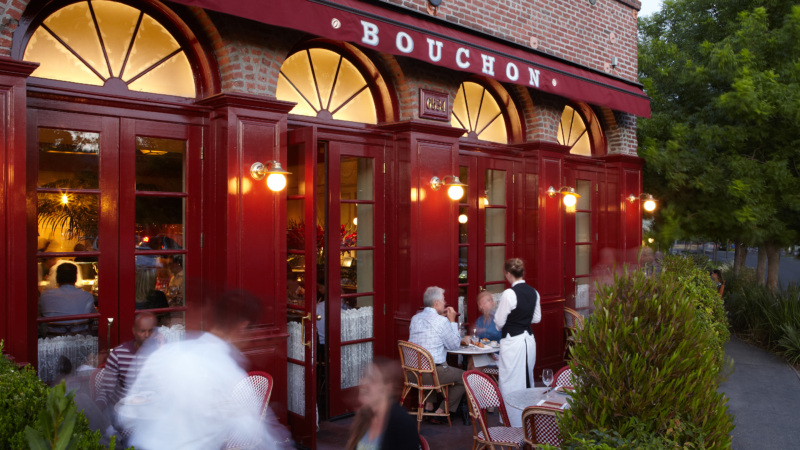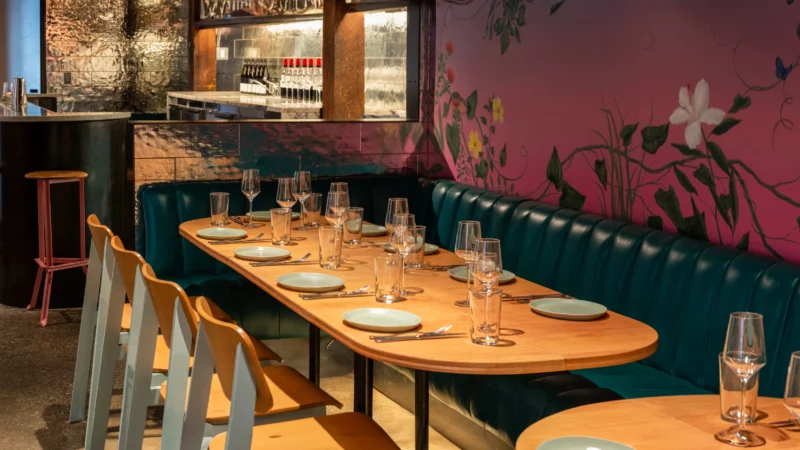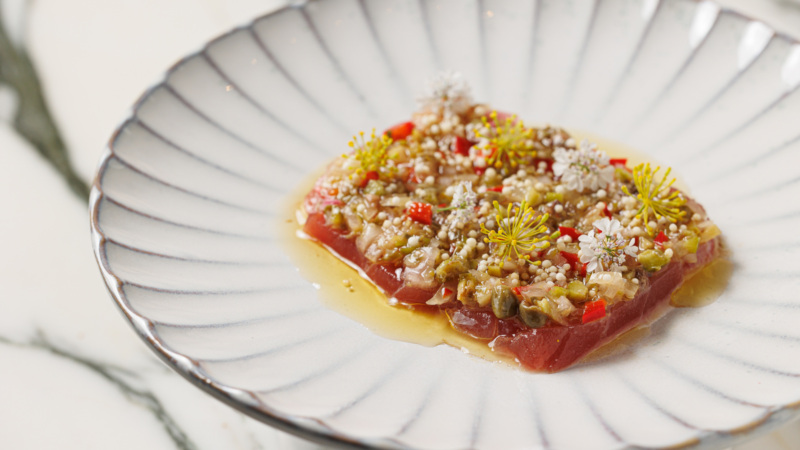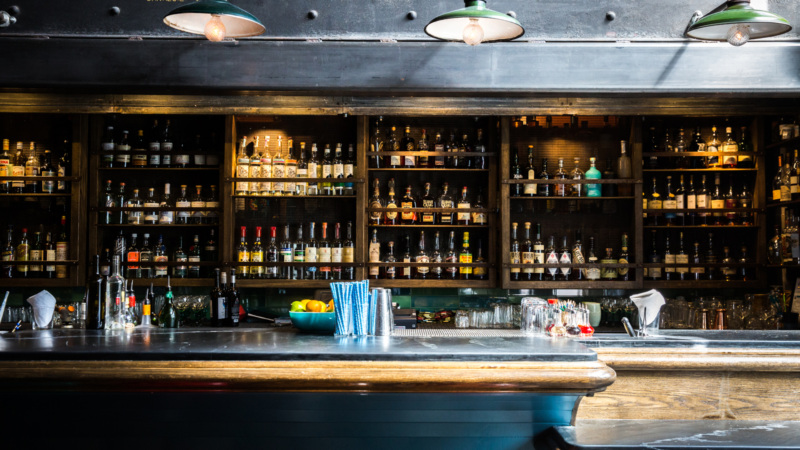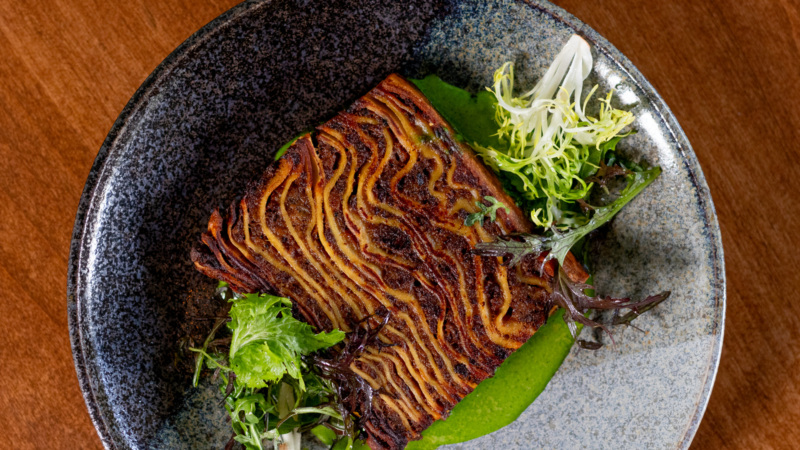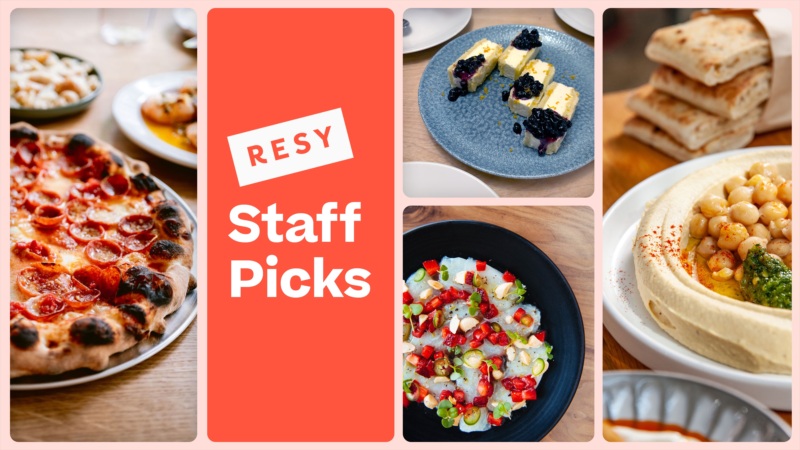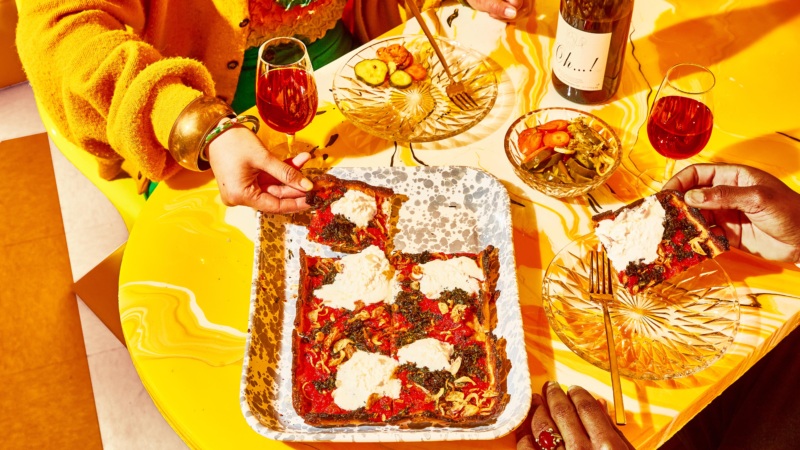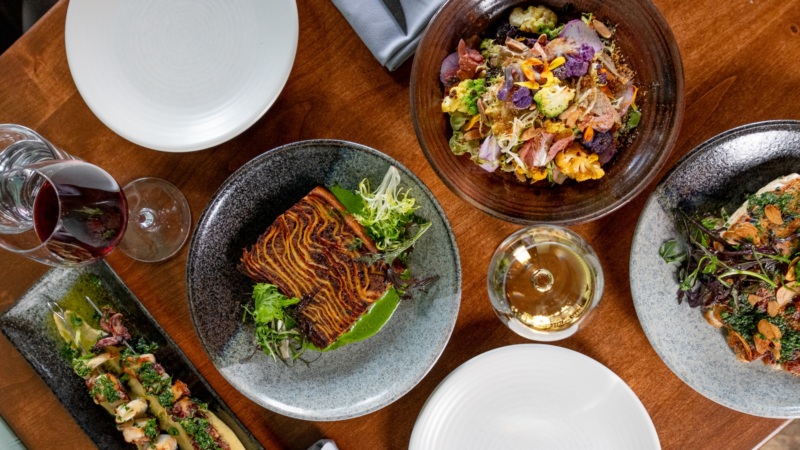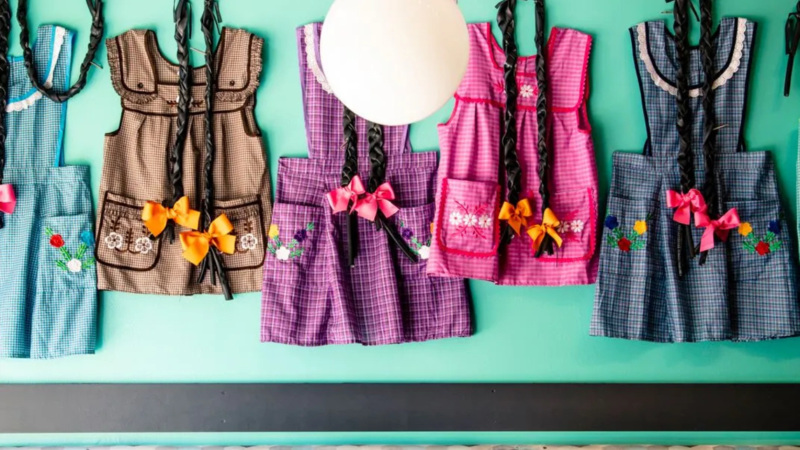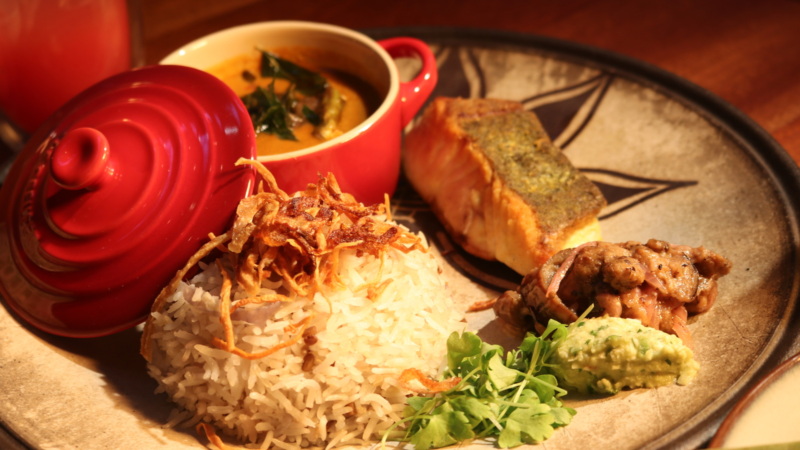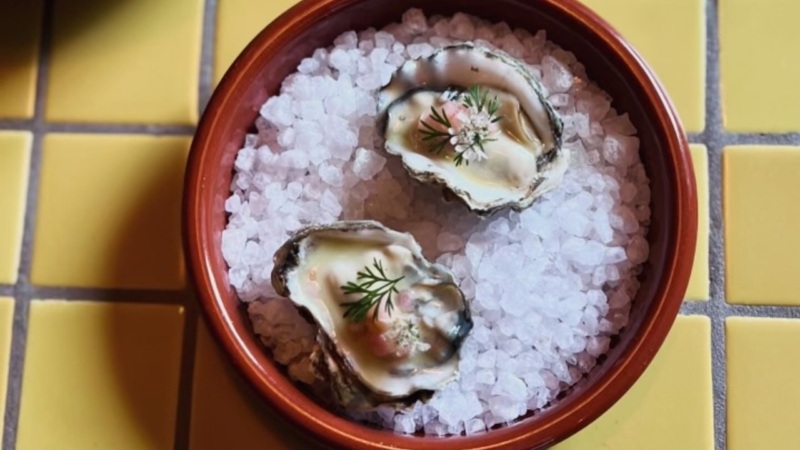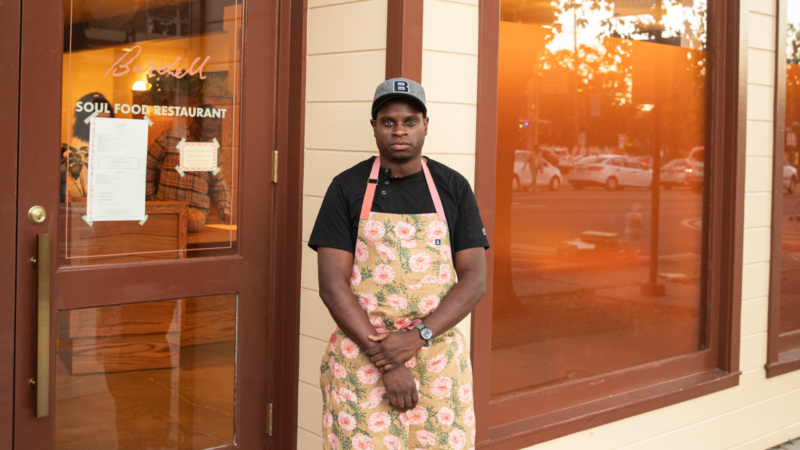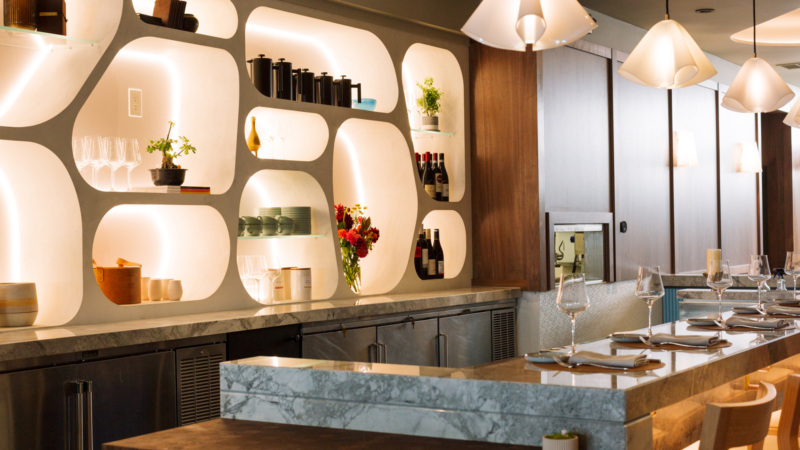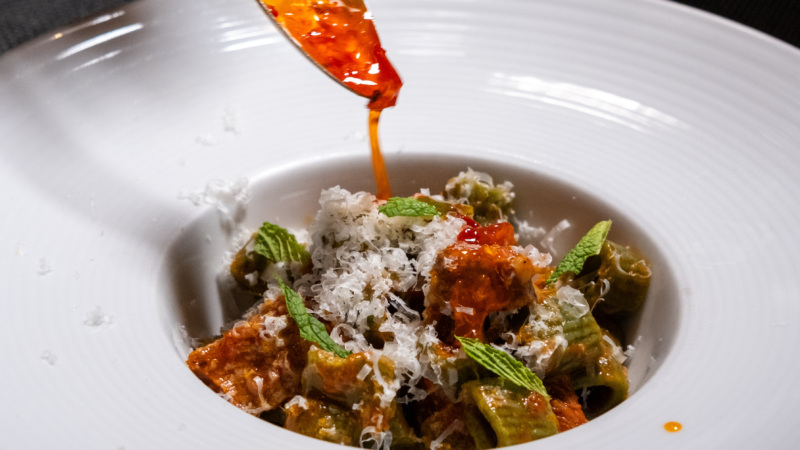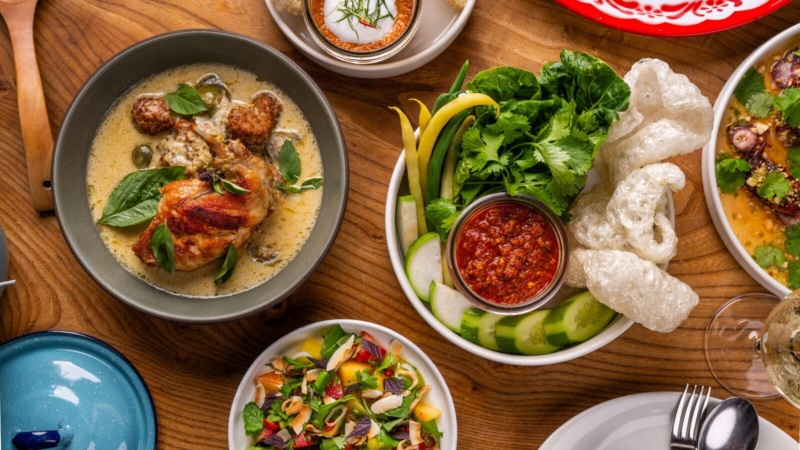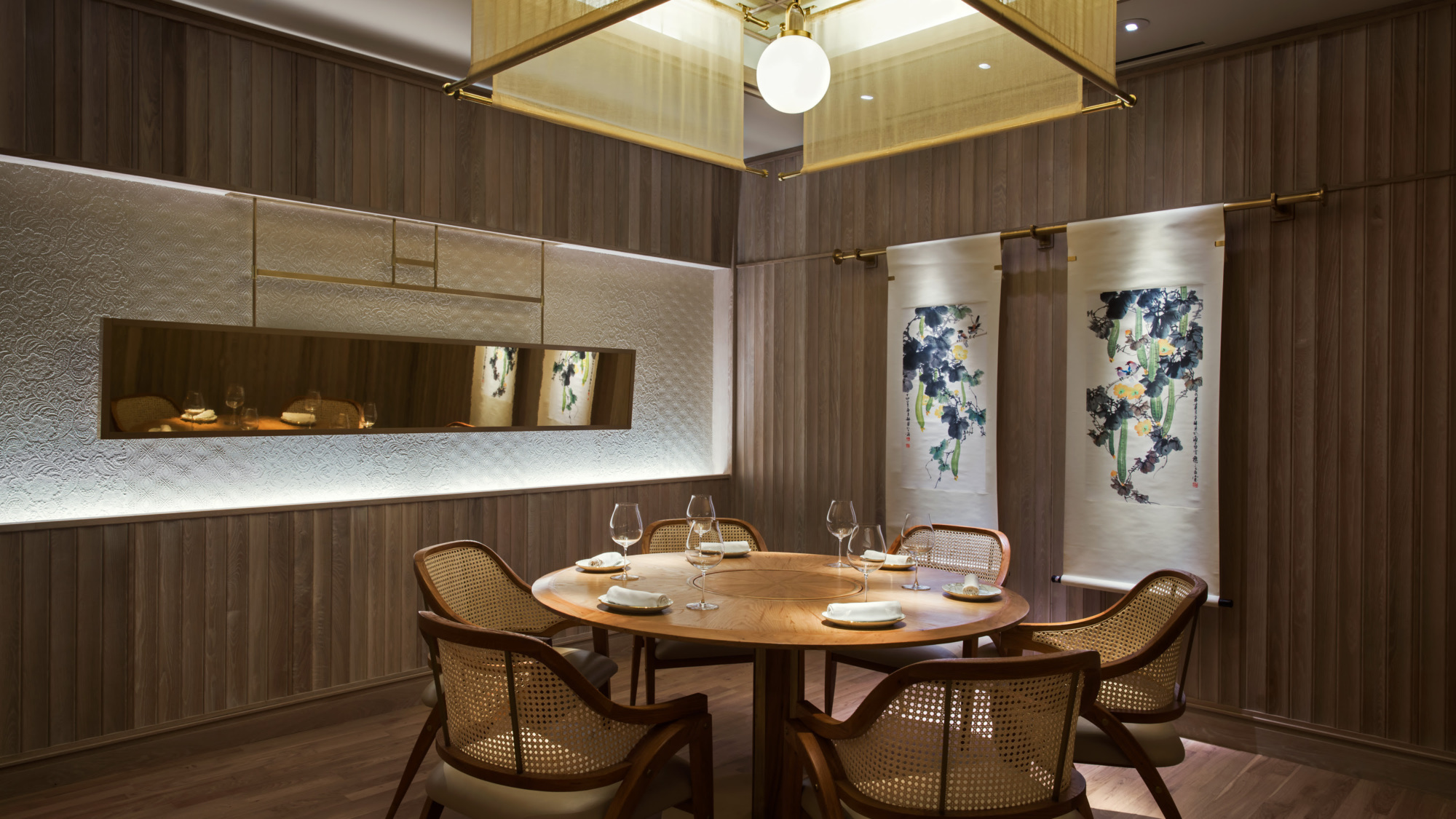
Has Eight Tables in San Francisco Predicted the Future of Fine Dining?
It was a small loss, amid so many overwhelming ones, but one of the pleasures that disappeared when the dining rooms of America closed in March was the porousness of being in a public space: feeding off the ambient energy, talking about people around us, absorbing half-heard conversations into our own, making banal small talk with others in the bathroom line.
Over the summer, many restaurants were able to compensate for that loss with patio and rooftop seating, a collective sense of relief among people who weren’t able to be out in public before compensating for the pleasure lost in dining together. But now fall is pushing us indoors, and dining rooms are reopening. And viewed through the lens of COVID, fine dining — with its hours-long meals and large casts of characters — can feel acutely risky. Some tasting-menu restaurants, such as Le Bernardin, have installed hospital-grade air filtration systems to reopen their dining rooms at limited capacity. Others, like Chicago sushi bar Kyoten, have turned themselves into a private space that serves one party a night.
Curiously, no one has asked George Chen for a copy of the architectural plans for Eight Tables, located on the second floor of his three-story, $25 million China Live complex, which opened in 2017. They should have. There are, no surprise, only eight tables in a broad room framed in pale woods and creamy blond leathers gilded by the warm lights. Each half-moon booth or small table is set inside its own nook, separated from the others by frosted-glass partitions. Diners can see other parties, but usually out of the corner of their eye, as if they’re peeking through a doorway into another room.
“People ask, did you design this for shelter in place?” Chen says. In fact, when its dining room reopens November 4, Chen barely needs to shift a chair.
▪️
When China Live opened in 2017 — the complex includes a retail shop, a tea store, a cocktail bar, a mid-priced bistro, and an events space — the longtime San Francisco restaurateur planned Eight Tables with two haute-cuisine models in mind: The first, of course, was the Michelin Guide; the second was the luxe sifengcai dinners he encountered in China.
Chen translates sifangcai as “private chateau dining”; others use the terms “supper club” or “private dinners.” The original sifangcai, Chen says, were the nobility, who entertained important guests in their homes, fed by their household chefs. A few decades back, friends in Hong Kong invited him to a modern sifangcai meal, hosted by a wealthy family who hired a private chef to prepare an elaborate meal in their house.
Chen, who started his career waiting tables at the Mandarin, Cecilia Chiang’s legendary Northern Chinese restaurant in San Francisco, came into his own as the owner of Betelnut and Shanghai 1930, both well respected restaurants in the city. And when Chen left San Francisco for Shanghai for several years in the late Naughts, he encountered sifangcai again. The format had become more widespread, by then largely in the wake of anti-corruption government stings that ousted Party members for attending exclusive meals. Suddenly, the idea of conducting business at private dinner parties wasn’t just fashionable, but prudent.
As the concept has spread to Beijing, Chengdu, Taipei, and Singapore, sifangcai have evolved. “In Shanghai, most, if not all, are just privately hosted dinners at home, opened to public bookings via word of mouth,” says Fred Lin, a Singapore chef and restaurateur who blogs at The Shanghai Kid. The spaces can be opulent or rundown—the common trait is that each feels like a house.

While Shanghai’s sifangcai resemble the underground restaurant movement of post-2008 recession, the early Hong Kong’s sifangcai may operate more like American pop-ups: “Right now there are a lot of so-called private kitchen restaurants in Hong Kong, but they are not as niche and ultra luxury,” says Jessie Tsui, who lives there. They’re more like small, semi-private spaces in which chefs can create specialized menus.
What Chen took from the sifangcai dinners he attended, what he wanted to build into Eight Tables, was an intertwined sense of discretion and comfort. “I don’t like when people are paying an arm and a leg for a meal, and then you have to whisper because a guy in a banquette is three feet away,” he says. “It’s beautiful and private and comfortable. That’s part of what you’re paying for.”
China Live wasn’t just aiming to be among the few tasting-menu restaurants in this country grounded in classic Chinese techniques. Its semi-walled booths also resolved the tension between public and private that, at so many high-end restaurants, produces a certain awkwardness. Indeed, some of the most boring dining rooms in America are at Michelin-starred restaurants, in which the entire space has been engineered to muffle sight and sound, to magnify the impact of the food. Yet, at the same time we were asked to contemplate every nuance of our meal, we were forced to listen to strangers at the next table chunter on about blockchain algorithms. And at restaurants where each course is designed around a moment of revelation, a nearby table a few courses ahead could spoil every plot twist.
▪️
Even though all eight tables in Chen’s 4,000 square-foot-restaurant are spaced more than six feet apart, when Eight Tables reopens, it will still observe San Francisco’s 25% capacity guidelines, accommodating only three parties at a time. To add a fourth, Chen has purchased a clear domed tents to erect on the roof of the building.
Chef de cuisine Floyd Nunn, a veteran of Quince and Benu who took over the kitchen before the pandemic shutdown, will abbreviate the tasting menu to five or eight courses, shortening the time diners spend in public.
Service will undergo the biggest shifts. All staff and customers will take temperature checks before entering or starting their shift, and staff will wear gloves and masks. And many elements of high-end service are off the table, at least for now: acts of performative table service, like pouring broth into soup bowls, the elaborate rituals of wine pouring, detailed explanations of how to eat each course. Waiters will roll out the dishes on carts, instead of handling plates near their faces, and stand farther from the table, protecting against a very different porousness.
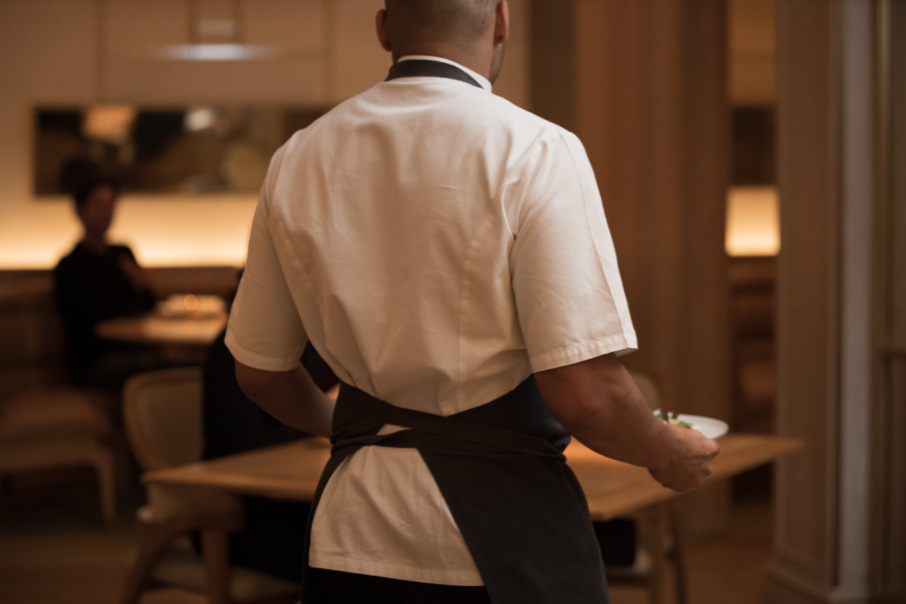
Although Chen hasn’t set prices yet, he’s mulling over lowering the prices accordingly, to $150-200 a person, plus wine and tea pairings. At the same time, he says, “People who have money to eat out will still have money.”
This likely is the case, if you consider how quickly reservations booked up when Thomas Keller announced at the beginning of September that the French Laundry was restarting indoor service, seating one party per room at $850 per person. Or at San Francisco’s Avery, which has offered $600-a-person dining experiences at private farms, limo drive included.
The quality that makes Eight Tables feel exclusive is not price or ingredients but private public space. “You want to have dinner with friends and family, but may not want to be mingling with people you don’t know in an environment where you’re there for a substantial amount of time,” Chen says.
It also avoids the uncomfortable measures some high-end restaurants have attempted in order to communicate safety and exclusivity. When San Francisco’s Hashiri purchased the same clear plastic domes destined for China Live’s roof, but placed them on the plaza outside Hashiri’s dining room, the discrepancy between the wealth of the diners and the extreme poverty of passers-by was so stark, public outcry goaded city health inspectors to shut down the domes two weeks later.
The sifangcai model may find a permanent place in American restaurant culture. A decade from now, when the pandemic is a horrible memory, anyone old enough to remember 2020 will be able to measure six feet of distance with the instinctive precision of perfect pitch. Crowding into a dining room may carry a touch of anxiety for us, and we may gravitate toward intimate public spaces. Perhaps the future dining room is a maze of rooms and hallways, such as tatami-style dining rooms in Japan, or curtained booths like the ones remaining at the century-old Far East Cafe on the other side of Chinatown.
Chen says his hope for Eight Tables isn’t walled-off luxury, but to cater to this new way of being in public: “Not private, but socially comfortable, distanced spaces,” he says. Its walls and partitions, its cocoon-like booths, don’t just convey elegance, but also reassurance. And reassurance is the luxury that restaurants are straining hardest right now to provide.
Jonathan Kauffman is a James Beard Award-winning food journalist, a former San Francisco Chronicle reporter, and the author of Hippie Food, a history of the 1970s natural-foods movement. Follow him on Twitter. Follow Resy, too.

